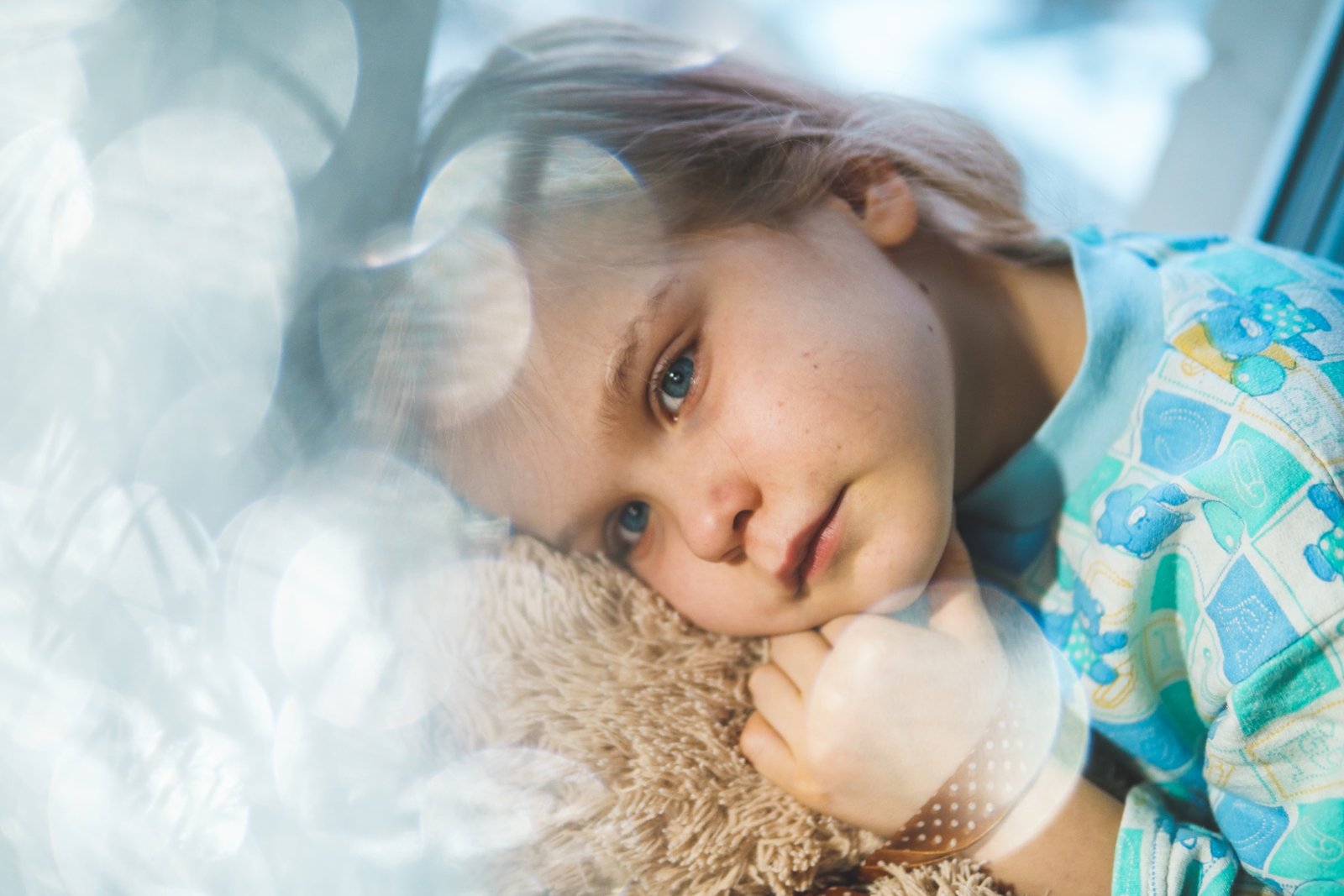This would be an example of how not to deal with a child who is afraid of birds.
When my daughter was about 15 months old, she developed a sudden and dramatic fear of fuzzies. Yes, you heard me right. Fuzzies by her definition included dust bunnies (which abound in my home) and hairs. We could be mid-activity and if she spotted even a teeny tiny fuzzy with her eagle-sharp eyes, she would scream shrilly and become hysterical.
My immediate reaction was to diagnose her with obsessive compulsive disorder. Perhaps a tad rash, but don’t all parents sometimes jump to the most extreme conclusions? After talking with a Child Life Specialist who I work with, who assured me that this was normal toddler fixating behavior, I felt a little bit better. With some new insight and a slightly more balanced approach, I came up with a plan.
My first instinct was to avoid fuzzies all together. Of course, we want to shield our children from fear and discomfort. But I knew that would only magnify the problem. So, I started to practice my own very modified form of de-sensitization. The next time she saw a fuzzy, I picked it up and talked to it. I didn’t make her go near it. I didn’t make her touch it. I didn’t even ask her to talk to it. I just said, “Oh hello fuzzy! You are so cute. Bye bye!”
Each and every time a fuzzy popped up, I consistently talked to the fuzzy as if it were a harmless pet. I started to talk to my daughter about what a fuzzy is. ” It’s soft. It’s furry. It’s friendly.” I started to show my fuzzies off to other family members.” Look at my fuzzy, Daddy. Isn’t it cute?”
One day, her curiosity piqued, she approached a fuzzy on her own and touched it. Then she shuddered as if she had just touched the guts of some road kill. But she did it and didn’t freak out. I praised her. Big time. Over time, she became more and more comfortable with the idea. Within a month or two, it was as if the issue never existed.
Tips For Getting Your Toddler Through Fears
Casually talk about it. A lot. They may not be talking much yet. But they are listening. They understand a lot more than they can verbalize at this stage. Maybe they’re afraid of noises, of dogs, of airplanes, of toilets. It could be anything. They key word here is casually. It should be discussed in the same neutral tone as the lunch menu, or the day’s activity plan. It allows your child to think about their fear in a non-confrontational and safe manner.
Don’t completely eliminate the offender. When your child is terrified and wrapping their little arms around you like a deadly octopus, it’s so easy to want to just make it stop. You don’t ever want them to feel so afraid. But completely taking away whatever bothers them doesn’t treat the problem. It will only escalate a fear. You can’t shield them from anything forever. The next time they see or hear what they are afraid of, their reaction will be that much more extreme.
Push a little, but not too hard. The danger with exposing your child to something they are afraid of is that they will go the other extreme traumatized. That won’t help. It will only compound the issue. They need to be able to trust you and to know that you are a safe zone. When I first started “exposing” my little one to fuzzies, it was completely distant from her. I was showing her how I felt about fuzzies, not how she should feel. My daughter never feared that I would suddenly drop the dreaded thing on her to see how she dealt with it. You can push a little, but be very sensitive to what your child can handle, and be prepared to back off.
Fears are a completely normal part of toddlerhood. Helping your toddler work through their fears provides them with solid tools for the future. If you are ever concerned that your child’s anxiety or behavior is extreme and you aren’t sure what to do, call your pediatrician’s office to talk about appropriate mental health resources. You do not have to deal with it alone.

Leave a Reply